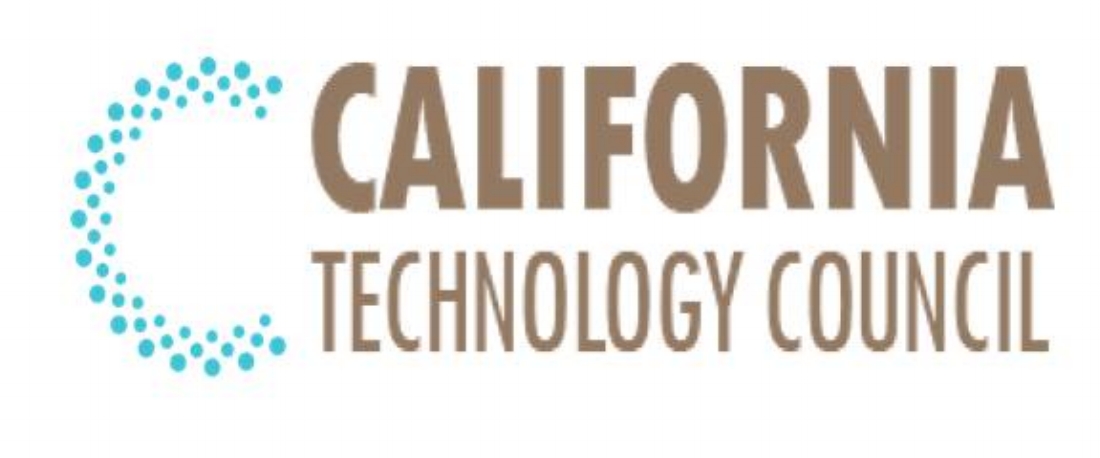by Matt Gardner, CEO, California Technology Council
This excerpt is from an original article which appeared in the March issue of STARTUP MAGAZINE.
The mission of the Mayo Clinic is: “To inspire hope and contribute to health and well-being by providing the best care to every patient through integrated clinical practice, education, and research.” In addition to basic patient care, innovation has been part of the fabric of the Mayo Clinic since its inception – including innovating in the business model on which the Clinic was founded.
Part of that innovation for Mayo and other leading research institutions has centered on finding ways to turn their academic prowess into investment opportunities.
Among peers, Mayo, the Cleveland Clinic, and the University of California have all increased the energy and resources they devote to nurturing new ventures. Over the last few years, each has refined or developed new strategies for direct, venture-style investment with varying degrees of structure and formality. Mayo Clinic Ventures, Cleveland Clinic Innovations, and the California Institute for Quantitative Biosciences (QB3) – which has access to capital via an independent venture firm, Mission Bay Capital – all seek to translate science from their parent institutions into commercial opportunities. In so doing, each institution also extends its support of technology development further into the proverbial "Valley of Death," improving survivability for more start-ups while also participating in more value creation.
The venture economy has been relatively strong over the last two years. Despite that fact, early-stage investing in some segments of health care has suffered. The National Venture Capital Association and PricewaterhouseCooper’s MoneyTree data reflect a decline of about 50% in seed investing since 2007–08. Investment remained above $250 million per quarter through the global financial crisis, falling and remaining below that mark since the fourth quarter of 2010.
Whether limited partners find investing in mobility and software more attractive, or the long returns of the life sciences don’t obey the same cycles as other sectors, the Valley of Death for seed-stage life sciences may be as wide as ever.
Meanwhile, as major research centers have grown, revenues from technology transfer have come to represent a smaller proportion of revenue. The University of California System reported in its 2012–13 annual report gross revenues for 2013 of $24.2 billion, up from $19.2 billion in 2009. The Association of University Technology Managers (AUTM) reported that UC system-wide tech transfer activities remained relatively constant, from $103 million in 2009 to $105 million in 2013 (though 2011 reflected a spike to $182 million before returning to steady state at $102 million in 2012). As a percentage of revenue, that reflected a drop for all tech transfer in the UC System from 0.5% to 0.4%.
Even for medical research institutions with a long track record of new company formation, a bullish IPO window may have simply served as a potent reminder that most value has been captured by investors coming into the picture long after ideation.
Some institutions have turned to a new form of direct market participation, investing for equity in early-stage companies, often with some formal tie to the institution.
Karen Boezi was a working venture capitalist and co-founder of Thomas, McNerney & Partners when she moved into the role of founding CEO at Redwood Bioscience Inc. A brand-new venture fund being created by the QB3 was also about to come online, and showed interest in Redwood Bioscience.
“We were talking to them in the fourth quarter of 2009, which was probably one of the worst times for seed funding,” Boezi recalls. “Most of the venture funds were focused on later-stage investment opportunities to try to get returns more quickly. So there was a real dearth of seed-stage funding at that time.”
New efforts to expand the roles of academic centers to include the new role of investor came along at the right time. Sometimes, they showed up in just the right place.
“Cleveland does not have a huge venture community,” conveys Rahul Aras, the founding CEO of Juventas Therapeutics Inc., a company with close ties to the Cleveland Clinic. “They [Cleveland Clinic] bring in venture investors and invest alongside with their own equity.”
Whatever the rationale, a growing number of research institutions have expanded their support to their own start-up ecosystems to include direct investing through formal or informal venture-like structures.
For the complete article, including profiles of Mayo Clinic, Cleveland Clinic and Mission Bay Capital investing activities, please visit STARTUP MAGAZINE here (pay wall).

